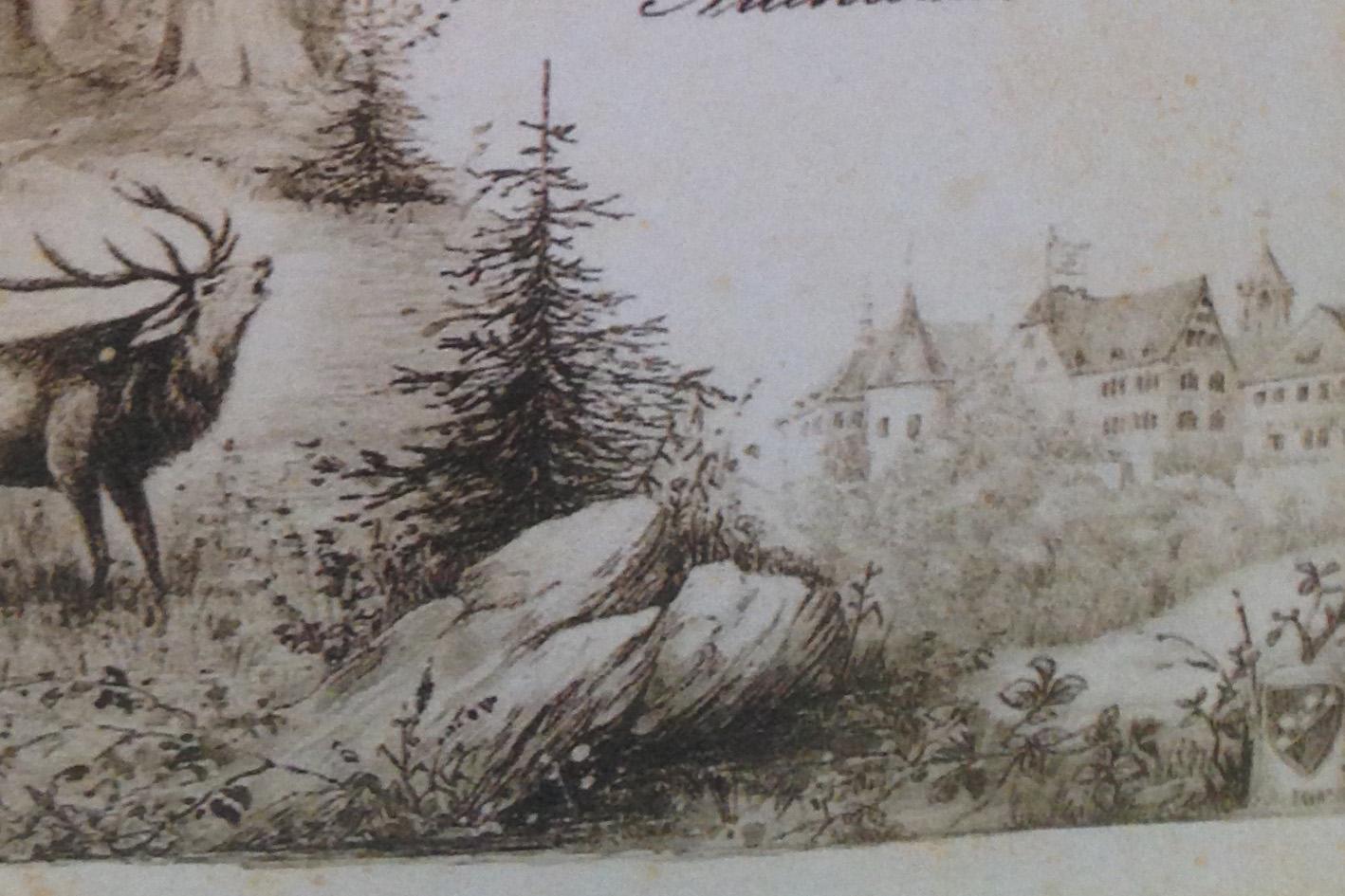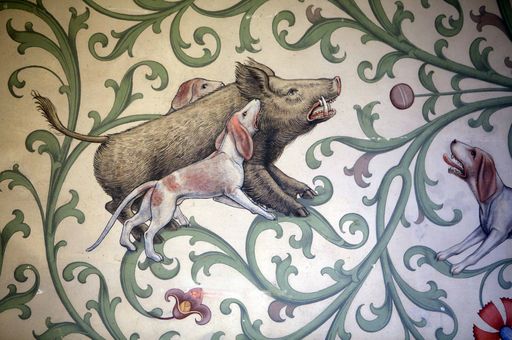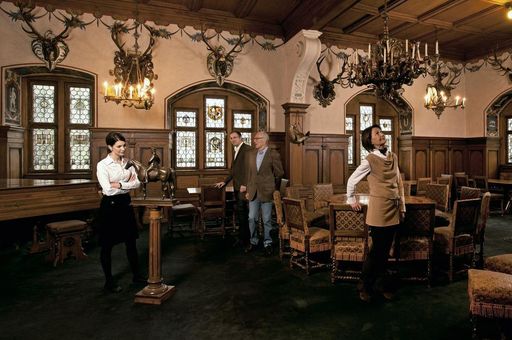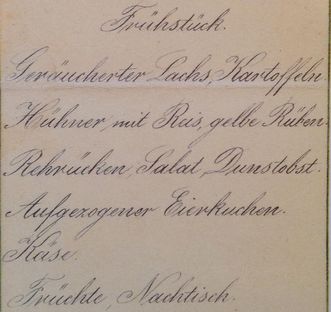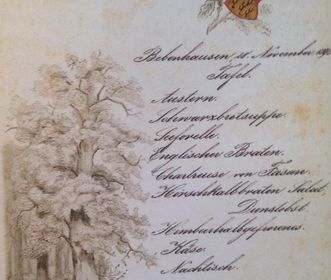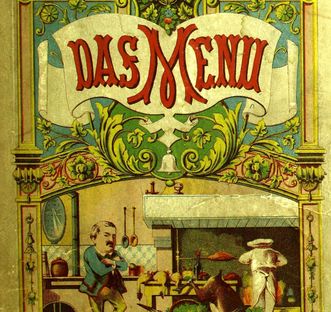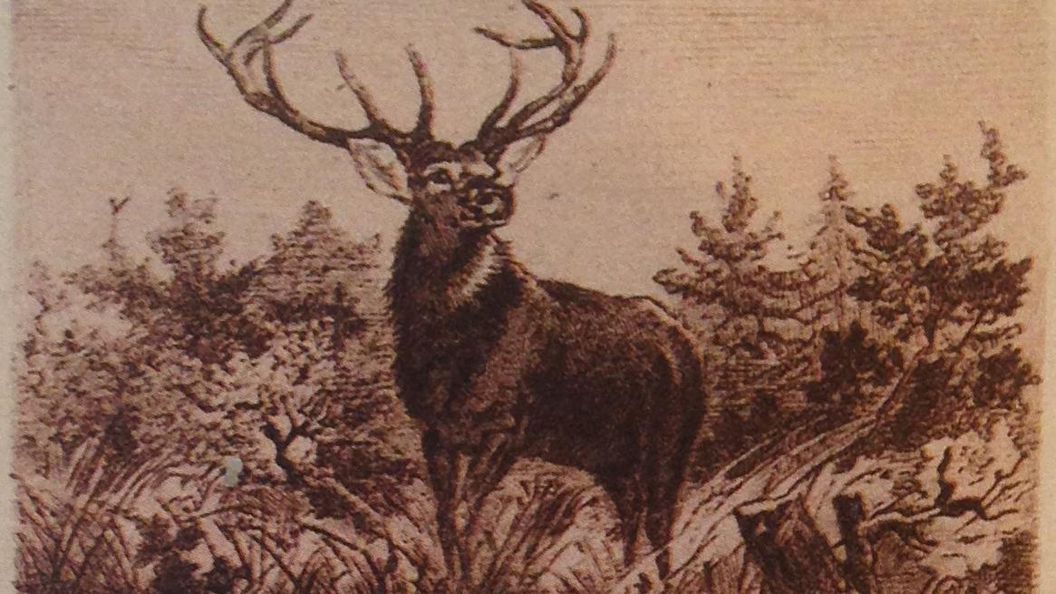Hunting days with prominent guests
Like his predecessors, King Wilhelm II regularly held hunting days in Schönbuch with his second wife, Charlotte. The two weeks of hunting took place in late autumn during deer mating season. During this time, various guests arrived in droves: the king's relatives, friendly members of the nobility, officers, and important people from throughout the land. Perhaps the most prominent guest was Emperor Wilhelm II, who took part in the hunt in Bebenhausen in 1893.



